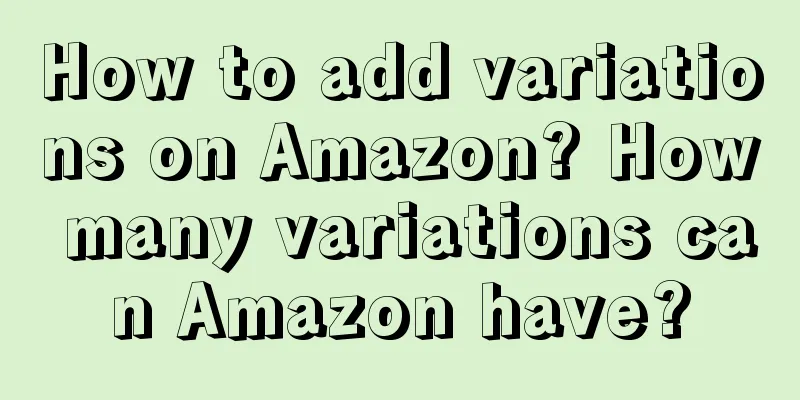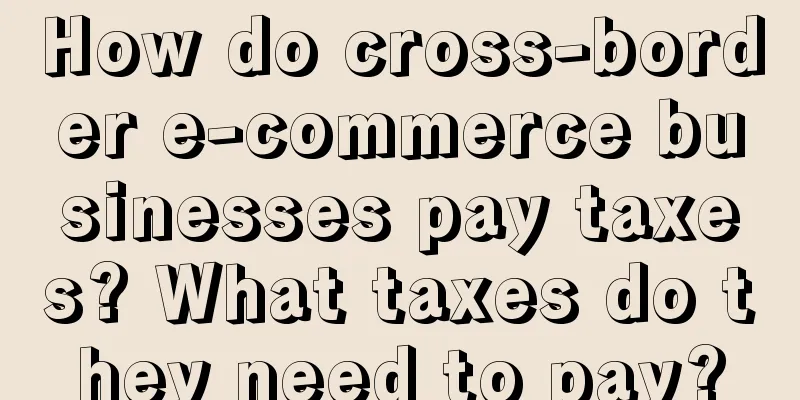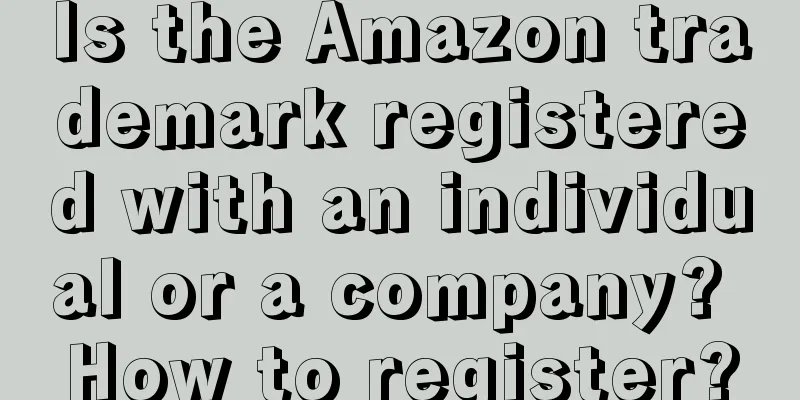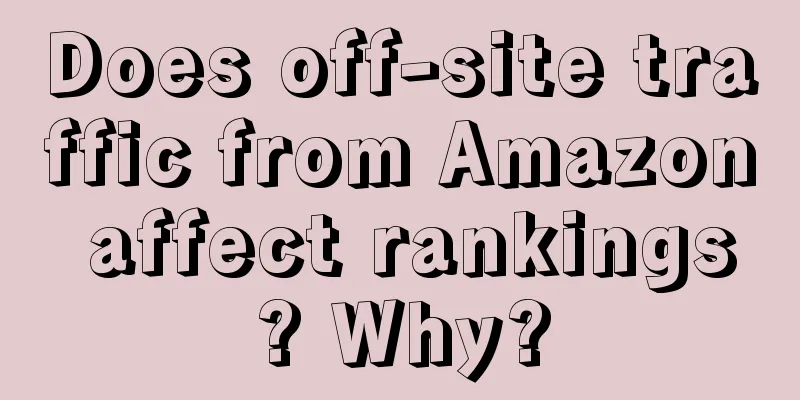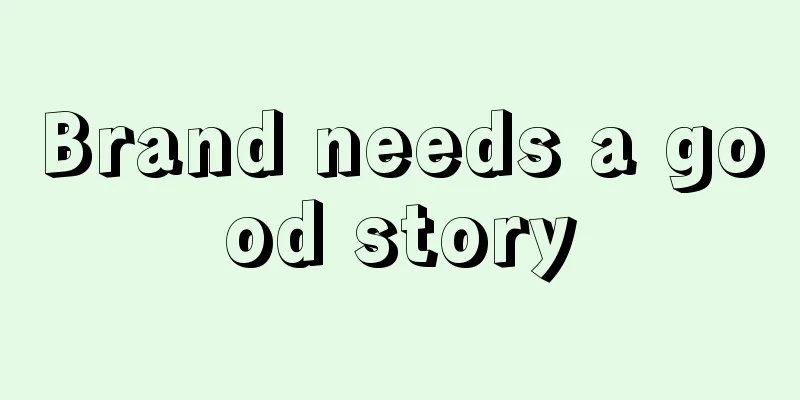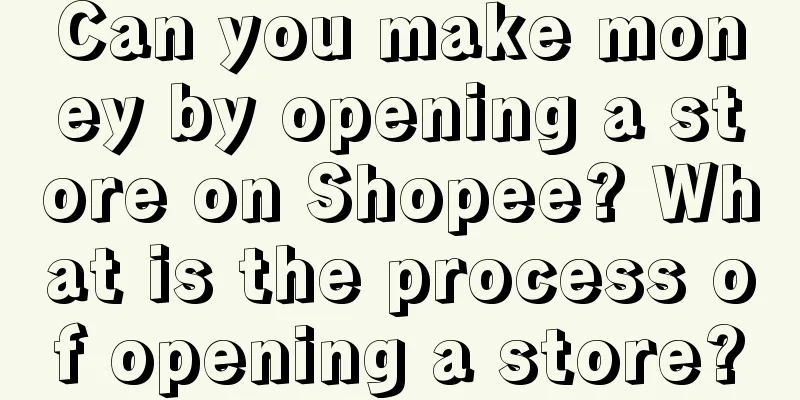How to find reasons to buy products

1. Marketing one thingMany times, it is not because our competitors defeated us, but because we ourselves did not think enough about why consumers buy - the reasons for purchase - from the beginning. In the end, when we have problems, we simply blame it on the fact that our competitors are too strong.
Don’t teach consumers knowledge, but provide reasons to buy. Some companies spend a lot of effort to teach consumers knowledge. Winemakers teach how to identify wine, and purifiers teach how to identify authenticity. They rack their brains and want to teach every consumer to become a product expert. The problem is that consumers need reasons to choose you, not so-called product knowledge. No one wants to learn knowledge when shopping (neither you nor I do). When faced with a dazzling array of products, consumers need clear and differentiated reasons to buy - not to do something useless that they think is useful. 2. What is the reason for purchase?First, the reason is not knowledge, so don’t teach knowledge to consumers; the reason is not reason, so consumers don’t listen to reason. Because consumers have too many things to buy, no one has the time to become an expert on a product, because that is too inefficient and too busy. Kotler talks about demand. What is demand? Demand = desire + purchasing power. So, rather than talking about all kinds of product knowledge and reasoning, it is more practical to talk about reasons - one reason is enough. Desire stimulates purchase, and reasons influence choice. Second, the reason should be based on the function of the product and be benefit-oriented. A product has many functions. The best product is to give up nine and take one, just one point. In other words: why buy it? In Kotler's words, the total benefit of the consumer is greater than the total cost of the purchase. Most descriptions of products only stay at the functional level. The function is you, not the consumer. Because a certain function of the product satisfies a certain interest of the consumer. The reason for purchase is a trivial interest - if you are afraid of getting angry, drink Wanglaoji. Third, we must not only make ourselves clear, but also distinguish our competitors. We must be differentiated and competitive - why choose you instead of your competitors. That is to say, we must reflect differentiation and be competitive. Therefore, Pepsi is the choice of the new generation. Who should this new generation choose to compete with? It is to compete with the authentic Coca-Cola. Fourth, the language should have a sense of picture, and the picture should be able to bring out the language. The spread of words is not in broadcasting or spreading. Words passed down by word of mouth can have the efficiency of amplification. A car is passed down for three generations, and the car still exists even after the person dies; you need a logical expression: dramatic expression + credibility + function/benefit.
1979 is known as the first year of advertising. In November, the Central Propaganda Department issued the "Notice on the Publication of Chinese Advertisements in Newspapers, Advertisements, Television and Broadcasting". In December of the same year, CCTV launched the "Commodity Information" program, which focused on broadcasting domestic and foreign advertisements. Shanghai TV and Guangdong TV also successively published advertisements. The 1990s were known as the golden decade of China's advertising development. CCTV's advertising revenue soared from 560 million yuan in 1993 to 4.8 billion yuan in 1998.
This is a Yanwu advertisement from 1989. It has all the information about the brand, product, price, and credibility. It also has music that rhymes amazingly. Most advertisements today have not yet reached the level of Yanwu 888. Marketing tools are improving, but marketers are still the same. The reason for BMW is driving, the reason for Mercedes-Benz is comfort, the reason for Wanglaoji is to avoid getting angry, and the reason for Six Walnuts is to nourish the brain. In the current era of information fragmentation, if you stick to a word, it is a good reason.
There are only two kinds of people in this industry: the first kind: those who really understand, and the second kind: those who pretend to understand. It is true and it seems to be true, which are always two different things - either you really understand, or you pretend to understand. Guo Degang said that the bad thing about the crosstalk industry is that it is a one-size-fits-all business - the threshold is too low and it is too difficult to get started. 3. Four reasons to buy1. The reason should be based on product functions and benefitsThe functions and benefits of products are connected to basic needs, no matter how complicated the purchasing behavior is. Remember, the final product relies on functions and benefits to meet consumer needs - if you look at the big single products, which one is not sold by selling basic models. What is a basic model is that the product meets the basic functions and basic benefits of consumers. The more consistent the reason is with consumers’ perception of product functions and benefits, the better and stronger the reason is. For example, Robam’s powerful range hoods are based on consumers’ perception of product functions and benefits, and then spread to the purchase reason appeal. 2. Make yourself clear and identify your opponentsYou need to make it clear who you are, who you are, and what you are. Only when you make yourself clear, the difference between you and others (opponents) will naturally become clear (difference, competitiveness). Unless you want to take advantage of the situation and take advantage of the strength, it is best not to confront, let alone chase. The mistake of Fei Ke La was that it took advantage of the situation without opposing. In the end, the mantis stalked the cicada, but the oriole was behind, and Sprite took a big advantage. If you define yourself clearly, everything else will be clear; if you don’t define yourself clearly, you will be easily disrupted by your competitors’ information. In business competition, the strategy of following up is not to follow, but to go around and “go against”. 3. Dramatization + Credibility + Function/BenefitHow to extract the reasons? There is a basic logic: dramatic expression + credibility + function/benefit. Dramatization is communication, credibility is to conform to cognition, and function/benefit is the foundation. Only dramatic expression will lead to the problems of Xiangpiaopiao in the later period. From trotting around the earth three, four, five, six, seven to Xiangpiaopiao being slightly hungry and sleepy, it is actually to fill the gaps in the early period. If it is overly dramatic, it will become a case of buying a casket and returning the pearl, or even go in the opposite direction.
4. The language should have a sense of picture and bring out the pictureIn addition, the product information conveyed can inspire potential consumers to associate with the picture (listen to the sound of frogs), that is, the information should have a sense of picture. At the same time, the picture should also have information and convey information. When conveying information, brands should achieve the seamless connection between information and images, and the super connection between information and images. Once the words are spoken, the images will appear in the minds of consumers. Once Remy Martin is opened, good luck will come naturally. Often, we tend to simply understand that information needs to have a visual sense as text + pattern, or even just putting a pattern next to the text. In fact, the information we are talking about is not to create information, but to find information that meets consumers' certain cognition of the brand (category, characteristics). Don’t create, but discover - creation is often unfamiliar, while discovery is familiar, discovering the already existing and familiar information - the consumer’s existing understanding of the brand (category, characteristics).
Obviously, it is not the blue whale that the boss chose. The whale is big, but it does not help consumers associate it with strong suction. This is the meaning of the picture to have information, that is, when you see the picture, you think of the information, and when you hear the voice, you awaken the picture memory - the picture should have a sense of information, and the information should have a sense of picture. The two layers of information and images are often seen in brand communication, such as the ROBAM range hood above, which has great suction power, while the Blue Whale is just a little bit behind. Another example: the "green grid" of Chubang is very "eye-catching", but it is far from the relationship with "sunbathing for 180 days". The 180-day sun drying is a process, but what we want to achieve is the freshness. The significance of the image is to establish a connection between the two. The green grid is good and is a symbol of the dining table, but it has nothing to do with 180 days or freshness. If the image is not seamlessly connected with the information, then it will become two skins - in the final analysis, cognition is still halfway. The purpose of brand communication is to convey the message that the brand wants to convey, to help the brand occupy the mental space it wants to go to. Information must have a visual sense and the picture must convey information. The prerequisite is to find information that already exists in the consumer's cognition. Never create information. Once you create it, the cost will be high. Once you learn to discover it, the cost will be low. Author: New Consumer Brand Research Society, Source: WeChat public account "Lao Gao Business and Brand" |
<<: I learned to write copy on Douban
Recommend
What is the difference between leaving a review and not leaving a review on Amazon? What does it mean?
Amazon review forms are divided into two types: le...
After Douyin suffered a setback, did Kuaishou win the food delivery business?
How are short video platforms Douyin and Kuaishou ...
You can use WeChat Pay on Taobao
Recently, Taobao announced a major update: users c...
The short drama that has attracted 500 million people is the new traffic code for brands
This article delves into how the short drama marke...
What is the current status of cross-border e-commerce? Current status analysis
Cross-border e-commerce is global, intangible, ins...
How to cancel the wish merchant platform? How to complete the cancellation?
In fact, although the wish platform has been used ...
Can Amazon sell virtual items? What products can it sell?
There are many modes and ways to operate online st...
How to co-create content under social marketing?
Introduction: The advent of the Internet big data ...
Can Shopify invest in traffic? What is Shopify's traffic diversion method?
There are still many merchants opening stores on t...
How to do self-delivery on Amazon UAE site? What is the method?
According to what we know, there are three deliver...
With 1 report, you can master data analysis and leverage stock conversion!
Are you easily dazzled by the complex data indicat...
The user influx in the United States continues, what will Xiaohongshu do next?
As the TikTok ban approaches, a large number of Am...
Are the good days of 9.9 yuan a cup of coffee over?
This article makes an in-depth analysis of Kudi Co...
What is the job like as an account manager at Alibaba International Station? What are the responsibilities?
The position of Alibaba International Station Acco...
9700+ words super detailed package card drainage analysis (including templates and cases)
In daily life, everyone must have seen parcel card...


